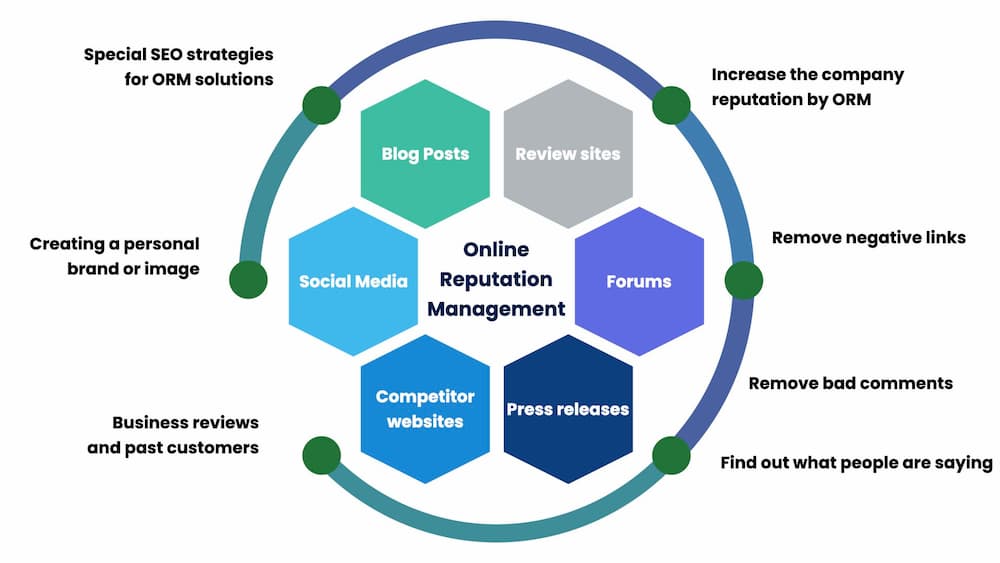Believing Outside package: Leveraging Non-traditional Tools to Optimize Google Analytics Efficiency
In the realm of digital marketing, the quest for boosted Google Analytics efficiency has actually ended up being a calculated vital for services seeking to improve their on-line existence. Standard techniques commonly drop short in catching the complete range of customer communications and behaviors. By checking out unique mediums as opportunities of information collection, a new realm of possibilities arises. These uncharted areas offer a riches of untapped insights that can possibly transform the method we comprehend and enhance our digital approaches.
Special Information Resources

CRM systems, for instance, can supply understandings into specific customer interactions, acquisition background, and preferences, which can be incorporated with Google Analytics information to create more individualized marketing approaches. Social media site platforms use useful data on individual demographics, passions, and involvement metrics, permitting businesses to evaluate the performance of their social networks projects and optimize web content for far better efficiency. Email advertising and marketing data, consisting of open prices, click-through rates, and conversion metrics, can additionally be leveraged to track individual engagement and actions beyond internet site communications recorded by Google Analytics. By leveraging these distinct data resources, services can refine their techniques, boost targeting efforts, and enhance general Google Analytics efficiency.
Social Media Insights

Moreover, social networks analytics devices enable companies to track essential performance signs, display project efficiency, and measure the impact of their on the internet tasks. Recognizing the demographics of followers, identifying prominent content themes, and reviewing involvement levels can assist businesses tailor their advertising and marketing approaches for much better results.
Offline Marketing Combination
Incorporating offline marketing techniques with electronic analytics can boost total campaign performance and supply a much more detailed understanding of consumer actions. what is not considered a default medium in google analytics. By connecting the void between online and offline efforts, organizations can track the influence of conventional advertising and marketing channels such as print ads, television commercials, direct-mail advertising, and occasions on their online presence

In addition, applying telephone call radar for offline advertising and marketing tasks makes it possible for companies to record useful data on consumer queries produced through published promotions or products (what is not considered a default medium in google analytics). By examining phone call data along with online metrics in Google Analytics, companies can gain deeper insights right into the customer trip and maximize marketing methods for enhanced performance throughout all networks
IoT and Wearable Innovation
Utilizing IoT and wearable modern technology in digital analytics can change information collection and customer understandings for services looking for a much deeper understanding of customer actions patterns. Wearable modern technology, such as smartwatches or physical fitness trackers, can offer understandings into individual tasks, wellness metrics, and also place data.
Gamification Techniques
The execution of gamification techniques in digital analytics presents a cutting-edge method to improving customer interaction and driving workable understandings for businesses. By incorporating game-like elements such as points, badges, leaderboards, and compensates right into the analytics user interface, firms can encourage customers to communicate a lot more regularly and meaningfully with the information.
Gamification motivates users to discover various attributes of the analytics system, revealing important insights that may have or else gone unnoticed. Through interactive difficulties and progression tracking, individuals are incentivized to dig much deeper right into the information, leading to increased time invested on the system and a higher probability of discovering essential patterns or patterns.
Furthermore, gamification can promote a sense of competitors amongst customers, spurring them to strive for greater performance and involvement levels. This affordable spirit can drive boosted customer fostering prices and a much more comprehensive usage of the analytics devices readily available. Eventually, by leveraging gamification methods in find this electronic analytics, businesses can create a more efficient and engaging environment for customers, leading to even more informed decision-making and enhanced total efficiency.
Verdict
In verdict, leveraging unusual mediums such as special information resources, social media sites understandings, offline advertising and marketing integration, IoT and wearable technology, and gamification techniques can optimize Google Analytics performance. By believing outside the box and discovering these alternative sources of information, businesses can acquire beneficial understandings and boost their overall marketing methods. It is necessary for firms to constantly check out new methods to collect data and evaluate it in order to stay in advance in the ever-evolving digital landscape.
By including data from resources such as customer partnership management (CRM) systems, social media platforms, and email advertising projects, organizations can visit their website obtain a more detailed understanding of their target market habits and engagement patterns. Social media systems offer useful information on user demographics, interests, and interaction metrics, enabling businesses to assess the performance of their social media projects and enhance material for far better efficiency. By leveraging these distinct information resources, services can fine-tune their methods, boost targeting efforts, and improve total Google Analytics efficiency.
Exploring social media insights can provide companies with important information on user demographics, rate of interests, and involvement metrics, allowing for educated decision-making and calculated optimization of advertising and marketing initiatives. By believing outside the box and discovering these alternate resources of information, organizations can obtain useful insights and boost their total original site advertising strategies.